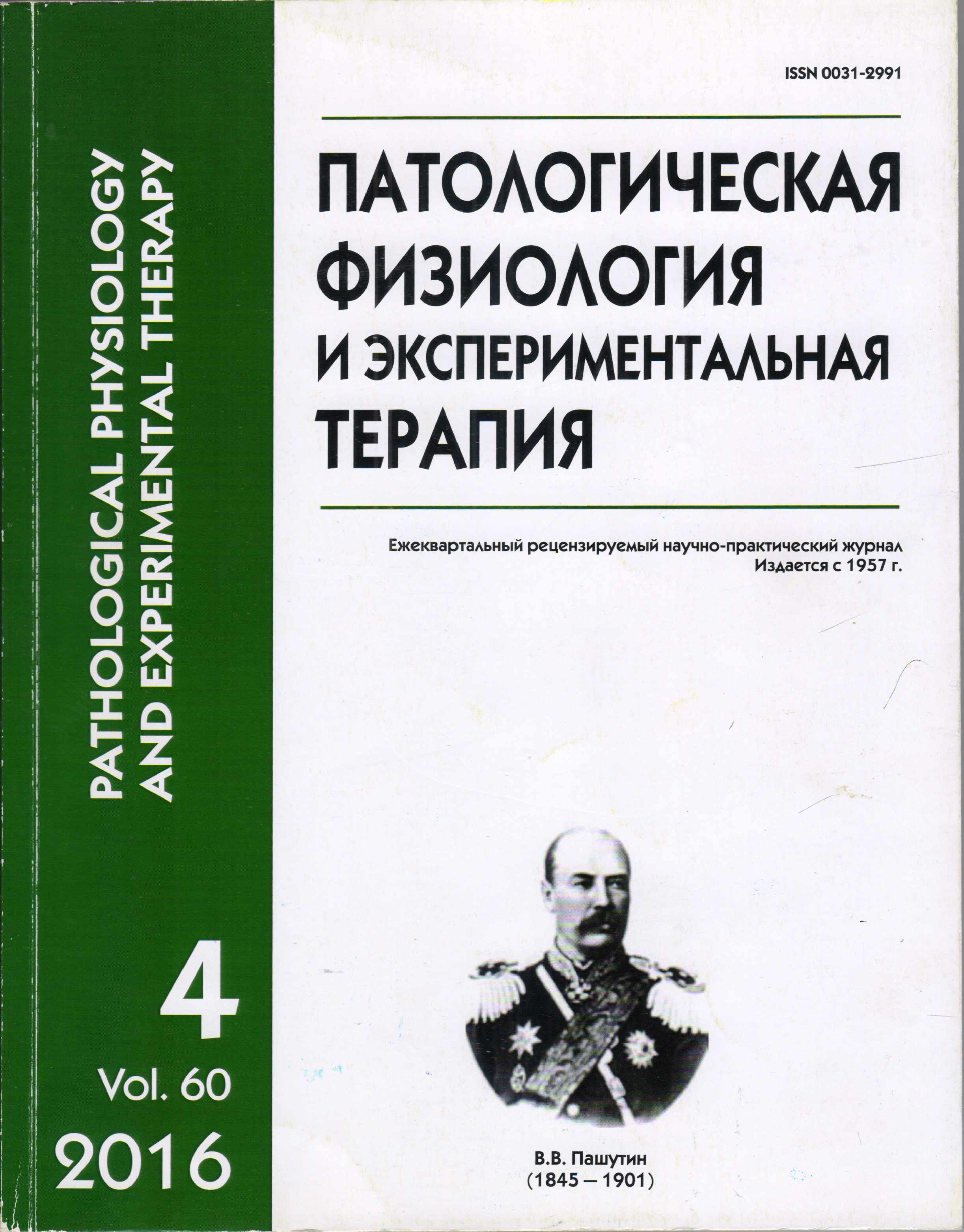System of kiss-kiss1r: focus on peripheral signaling in androgen-dependnt tissues in the experimentally induced model hypogonadotropic hypogonadism
Abstract
Kisspeptins, ligands of G protein – coupled receptor 54 (GPR54) encoded by the KiSS-1 gene, have recently emerged as key gatekeepers of the gonadotropic axis. Unlike its role at the hypothalamus on GnRH secretion, the effects of kisspeptins on gonadal and other peripheral tissues need to be clarified. The purpose. To investigate the impact of experimentally induced hypogonadism in male rats on kisspeptins signaling in androgen-dependent tissues and blood. Methods. Wistar male rats (total number 31) were used. Rats were divided into four groups. Group 1 (control, prepubertal rats aged 2 months, n=7). Group 2 (control, pubertal rats aged 4 months, n=6). Group 3 (unilaterally gonadectomized (ULG) in neonatal period). Group 4 (ULG testosterone-treated with testosterone (T) propionate 5 mg/kg/d during 10 days). In all the four groups density of GPR54 in testes and muscle and serum kisspeptin levels and T levels were estimated. The data was expressed as median values (Me) that were compared by Wilkokson criterion. Results. Density of GPR54 in gonads in group 3 was lower than in group 2 (Me 0,88 ng/mg vs 1,13 ng/mg, p<0,05) and similar to group 1(Me 0,92 ng/mg). Unlike above, density of GPR54 in muscle in all groups 1,2,3 was not any differences (Me 0,1; 0,12; 0,13 ng/mg, p>0,05).Generally, density of GPR54 in group 2 in gonads was significantly higher than in the same group in muscle (Me 0,784 ng/mg vs 0.114 ng/mg, p<0,01). In the group 3 a significant decrease in serum levels of T (Me 15,39 ng/mg) in comparison with group 2 (Me 20,02 ng/mg, p<0,01) was invented. However, serum levels of kisspeptins in both groups had not any differences (0,27 ng/mg and 0,26 ng/mg, p>0,05). Treatment with testosterone propionate of the rats of group 4 lead to increase of serum level of T (from 15,39 ng/mg to 26,26 ng/mg, p<0,01), but didn`t modify the density of GPR54 in gonads (Me 0,79 ng/mg). Conclusions. Hypogonadism lead to decrease of kisspeptins signaling in peripheral androgen-dependent tissues. Serum level of kisspeptins is physiologically low and, probably, it can not be used as a marker of activity of kisspeptins system. Efficacy of treatment with testosterone is not enough that is required a novel therapeutic resources.






